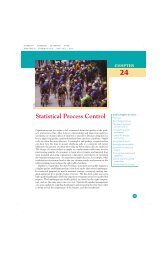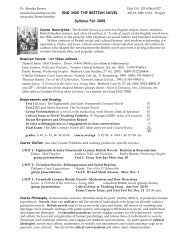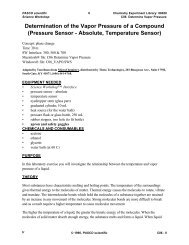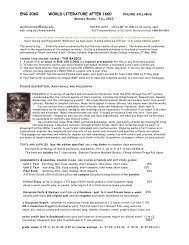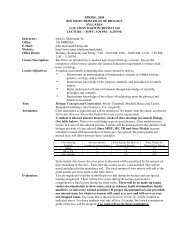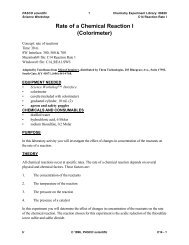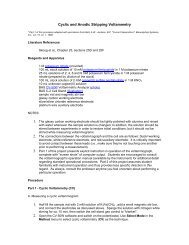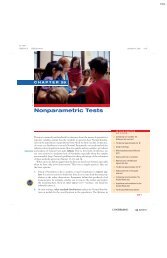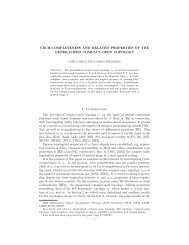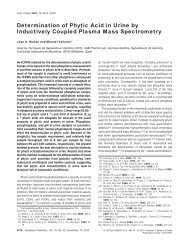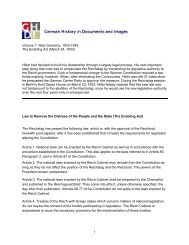CHAPTER 27 ⢠Statistical Process Control
CHAPTER 27 ⢠Statistical Process Control
CHAPTER 27 ⢠Statistical Process Control
You also want an ePaper? Increase the reach of your titles
YUMPU automatically turns print PDFs into web optimized ePapers that Google loves.
<strong>27</strong>-10 <strong>CHAPTER</strong> <strong>27</strong> • <strong>Statistical</strong> <strong>Process</strong> <strong>Control</strong><br />
<strong>Control</strong> charts work by distinguishing the always-present common cause variation<br />
in a process from the additional variation that suggests that the process has<br />
been disturbed by a special cause. A control chart sounds an alarm when it sees<br />
too much variation. The most common application of control charts is to monitor<br />
the performance of industrial and business processes. The same methods, however,<br />
can be used to check the stability of quantities as varied as the ratings of a<br />
television show, the level of ozone in the atmosphere, and the gas mileage of your<br />
car. <strong>Control</strong> charts combine graphical and numerical descriptions of data with use<br />
of sampling distributions.<br />
APPLY YOUR KNOWLEDGE<br />
<strong>27</strong>.7 Special causes. Tayler participates in 10-kilometer races. She regularly runs 15<br />
kilometers over the same course in training. Her time varies a bit from day to day<br />
but is generally stable. Give several examples of special causes that might raise<br />
Tayler’s time on a particular day.<br />
<strong>27</strong>.8 Common causes, special causes. In Exercise <strong>27</strong>.1, you described a process<br />
that you know well. What are some sources of common cause variation in this<br />
process? What are some special causes that might at times drive the process out<br />
of control?<br />
<strong>27</strong>.9 Common causes, special causes. Each weekday morning, you must get to<br />
work or to your first class on time. The time at which you reach work or class<br />
varies from day to day, and your planning must allow for this variation. List several<br />
common causes of variation in your arrival time. Then list several special<br />
causes that might result in unusual variation leading to either early or (more<br />
likely) late arrival.<br />
chart setup<br />
process monitoring<br />
x CHARTS FOR PROCESS MONITORING<br />
When you first apply control charts to a process, the process may not be in control.<br />
Even if it is in control, you don’t yet understand its behavior. You will have<br />
to collect data from the process, establish control by uncovering and removing<br />
special causes, and then set up control charts to maintain control. We call this<br />
the chart setup stage. Later, when the process has been operating in control for<br />
some time, you understand its usual behavior and have a long run of data from the<br />
process. You keep control charts to monitor the process because a special cause<br />
could erupt at any time. We will call this process monitoring. 6<br />
Although in practice chart setup precedes process monitoring, the big ideas of<br />
control charts are more easily understood in the process-monitoring setting. We<br />
will start there, then discuss the more complex chart setup setting.<br />
Choose a quantitative variable x that is an important measure of quality. The<br />
variable might be the diameter of a part, the number of envelopes stuffed in an<br />
hour, or the time to respond to a customer call. Here are the conditions for process<br />
monitoring.



